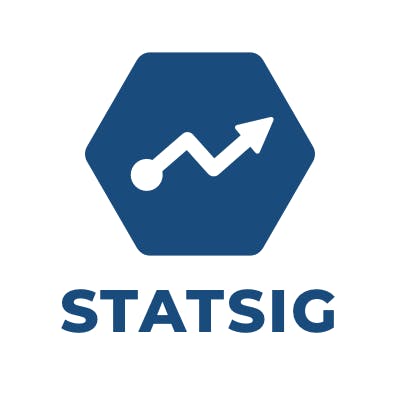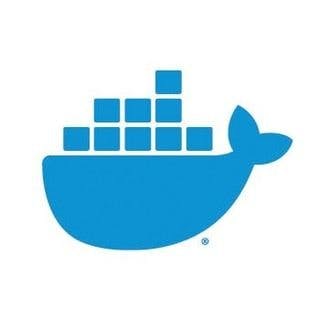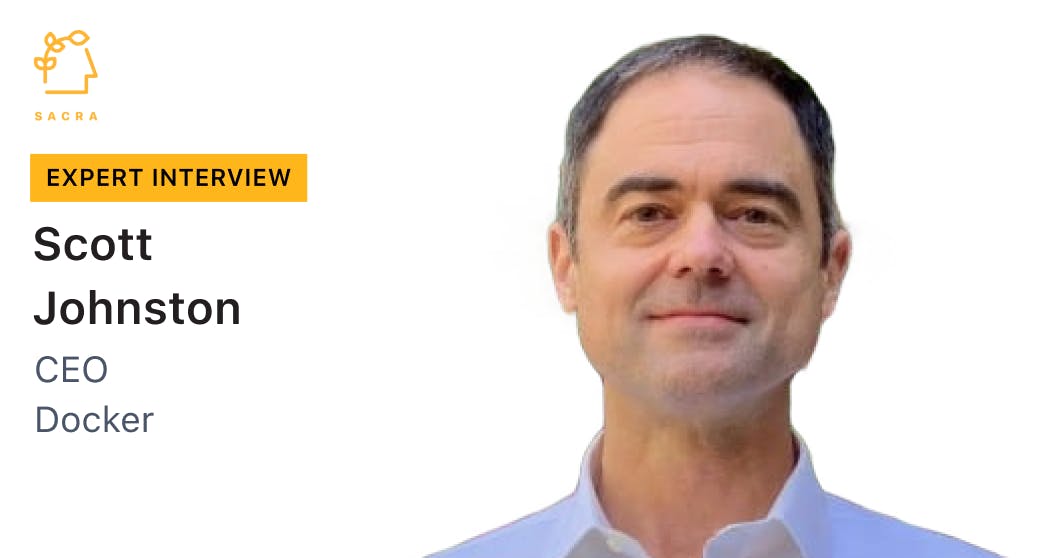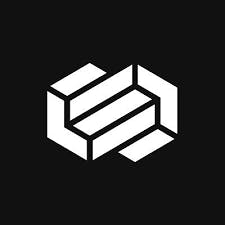Joe Zeng, software engineer at Statsig, on using Docker
 Rohit Kaul
Rohit Kaul

Background
Joe Zeng works as a software engineer at Statsig, a Docker customer. We talked to Joe to better understand the context around how organizations use Docker, the benefits of containers, and building a containerization stack.
Questions
- Help us understand your work at Statsig. What does your developer stack look like?
- What benefits do you get from using Docker + Kubernetes to build and deploy apps, compared to spinning up a VM?
- How did your usage change after Docker started charging? Did you upgrade to a paid tier? Has your overall use of Docker contracted or expanded in the last one year?
- Given a chance, will you move to a free tool like Podman or mash up a containerization stack to avoid paying Docker? Do you feel such trade-offs are worth the effort?
- Theoretically, at what monthly subscription price point would you churn from Docker? How easy/difficult is it to rip Docker out of your workflows?
- Who buys Docker and similar tools at Statsig? Do devs put down their cards or is it purchased centrally by IT/business? Was it similar/different at your previous employers?
- Do you see devs moving to the all-in-one tools like Vercel or Netlify for better dev experience and stop duct-taping tens of tools for their build and deploy workflows? Does the Docker + Kubernetes dev experience offer any advantage over Netlify/Vercel?
- Do you see yourself using Docker more in the next few months like upgrading to a higher tier or adding more devs to paid plans? Or are you looking for ways to shift some of your workflows away from Docker?
- What is Statsig, who is your customer, what’s the initial product-market fit and how does it work?
- What are the key tailwinds / secular trends behind Statsig’s growth today?
- What is Statsig’s positioning re product observability platforms like Datadog and Splunk, vs A/B testing and experimentation tools like Optimizely, VWO and Apptimize and vs product analytics companies like Amplitude, Mixpanel and Heap?
- If everything goes right in 5 years, what will Statsig become?
Interview
Help us understand your work at Statsig. What does your developer stack look like?
We primarily run our applications and workflows on Azure, where we run AKS clusters in multiple data centers. Our backend APIs are currently written in Node.js and we use Redis enterprise and MongoDB for our caching layer and data storage layer respectively. We leverage Azure Event Hub for some data streaming workflows as we do a lot of event collection and use Databricks for our data processing workflows.
What benefits do you get from using Docker + Kubernetes to build and deploy apps, compared to spinning up a VM?
Some benefits that we get are being able to spin up instances of our app quicker due to containers being more lightweight, and being able to more efficiently use our resources by running multiple containers per node. It's also nice that containers are portable, it has made instances where we've needed to move to different machine types or different cloud providers seamless
How did your usage change after Docker started charging? Did you upgrade to a paid tier? Has your overall use of Docker contracted or expanded in the last one year?
Our usage of Docker hasn't been affected by the pricing changes. We are on a paid tier and our use of Docker has expanded due to an increase in the number of images as we continue to grow but I believe our costs have generally been flat/growing slowly. Docker is currently a negligible part of our infrastructure costs and we still trust them as a critical piece of our infrastructure
Given a chance, will you move to a free tool like Podman or mash up a containerization stack to avoid paying Docker? Do you feel such trade-offs are worth the effort?
Switching to another service would definitely not be worth it right now as Docker isn’t very expensive for us. Earlier this year though we did get affected by a Dockerhub outage where we couldn't pull images and so we had to spin up some images on ACR. We did briefly consider moving everything over but did not follow through
Theoretically, at what monthly subscription price point would you churn from Docker? How easy/difficult is it to rip Docker out of your workflows?
Moving off of Dockerhub would be easy, we could just use another container hosting registry, it'd be a matter of changing some URLs and api keys. I think we'd look to switch if we needed to pay >$1000 a month.
Who buys Docker and similar tools at Statsig? Do devs put down their cards or is it purchased centrally by IT/business? Was it similar/different at your previous employers?
Devs generally make the decision to purchase tools at Statsig. We just put down a company card. Other smaller companies I've worked for did the same, bigger companies I've worked for had central IT and big procurement processes.
Do you see devs moving to the all-in-one tools like Vercel or Netlify for better dev experience and stop duct-taping tens of tools for their build and deploy workflows? Does the Docker + Kubernetes dev experience offer any advantage over Netlify/Vercel?
I could see a lot of devs moving to tools like Vercel in the future. I'd personally use Vercel for any future projects to start due to how easy it is to get something working up and running. At Statsig our web app uses Next.js and it'd be easy to host on Vercel. Dev experience wise, some pain points I could see are the rate limits Vercel has on resources like bandwidth and a lack of customizability and control.
Do you see yourself using Docker more in the next few months like upgrading to a higher tier or adding more devs to paid plans? Or are you looking for ways to shift some of your workflows away from Docker?
We're not looking to upgrade to a higher tier or add more devs to the paid plan. We're also not looking to move any workflows away from Docker.
What is Statsig, who is your customer, what’s the initial product-market fit and how does it work?
Our customers are product teams of all sizes who are looking to understand their product better. Customers usually come in wanting to know how the features they're building impact user behavior. We provide our customers the tools to analyze the impact of their features on their product through data.
Customers use Statsig by creating feature gates and experiments on our platform and using the gates/experiments to control their features. Along with data that can be sent to us through a variety of integrations and SDKs, customers are able to compare the impact that different versions of their product have on product metrics.
What are the key tailwinds / secular trends behind Statsig’s growth today?
Many large companies today like Facebook, Netflix, Uber, and Spotify leverage great experimentation tools to drive growth. The team we have here is largely from Facebook and we're using our experience there to bring best in class tools to the market.
What is Statsig’s positioning re product observability platforms like Datadog and Splunk, vs A/B testing and experimentation tools like Optimizely, VWO and Apptimize and vs product analytics companies like Amplitude, Mixpanel and Heap?
Our main strength is in the A/B testing and experimentation tools space, but we also have many features that are in the product analytics and observability space. In the observability space, we have dashboards, real-time event logs and an events explorer to perform real time analytics. In the product analytics space, we have funnels, metrics, and a users tab to analyze individual users.
If everything goes right in 5 years, what will Statsig become?
We want to be the one stop shop for all product observability needs. Everyone should be using Statsig to build their products and derive insights that help power future product iterations. Statsig should help teams embrace a culture of delivering features quickly and iterating based on learnings gathered from data.
Disclaimers
This transcript is for information purposes only and does not constitute advice of any type or trade recommendation and should not form the basis of any investment decision. Sacra accepts no liability for the transcript or for any errors, omissions or inaccuracies in respect of it. The views of the experts expressed in the transcript are those of the experts and they are not endorsed by, nor do they represent the opinion of Sacra. Sacra reserves all copyright, intellectual property rights in the transcript. Any modification, copying, displaying, distributing, transmitting, publishing, licensing, creating derivative works from, or selling any transcript is strictly prohibited.








